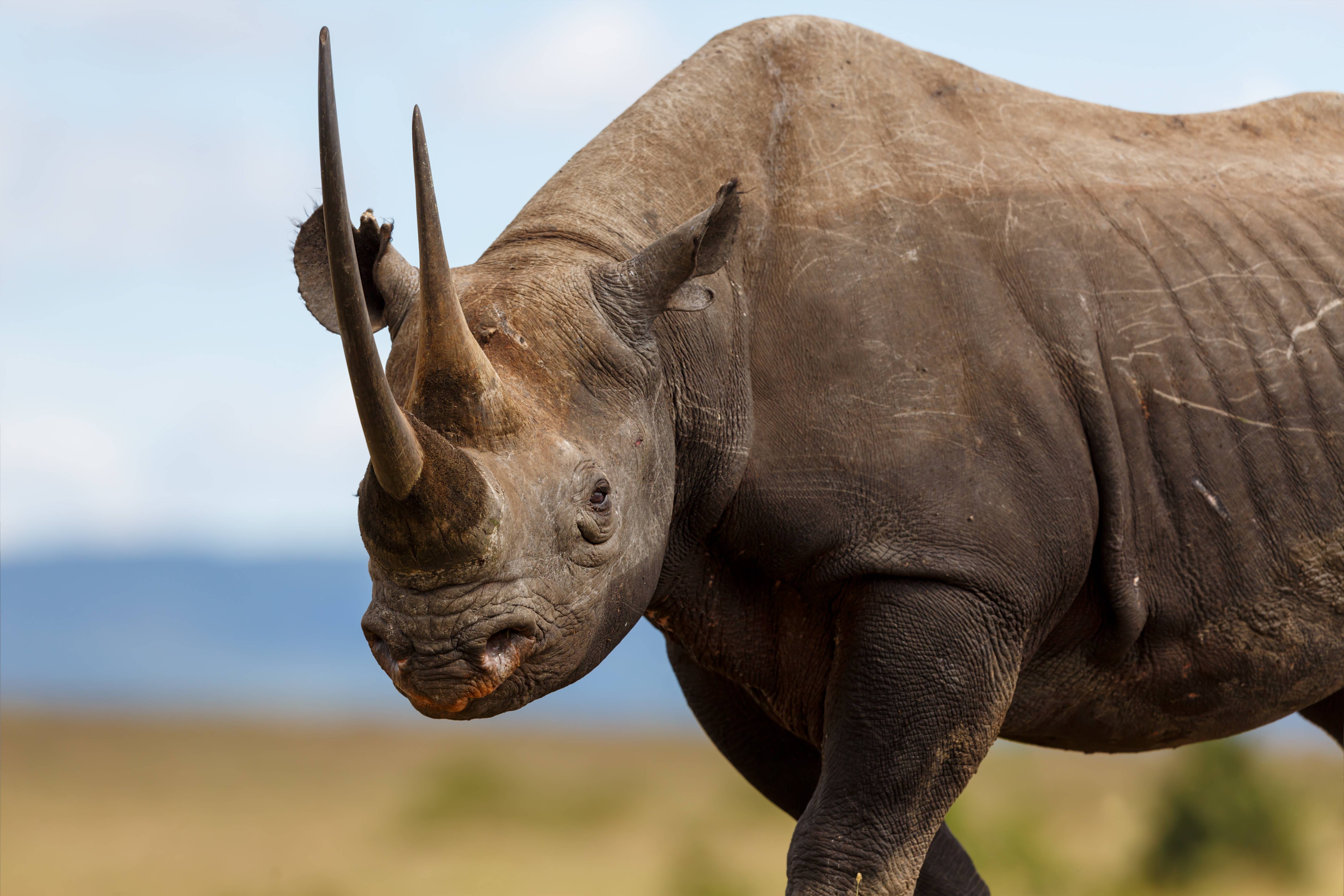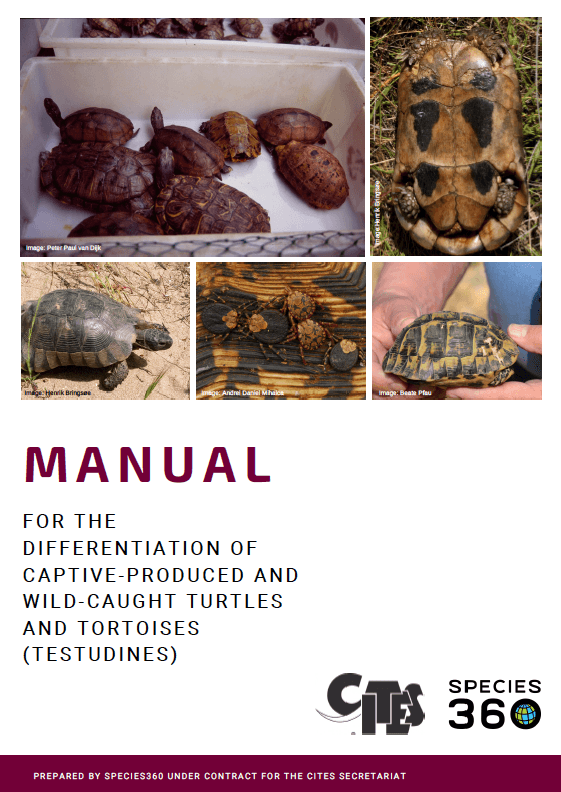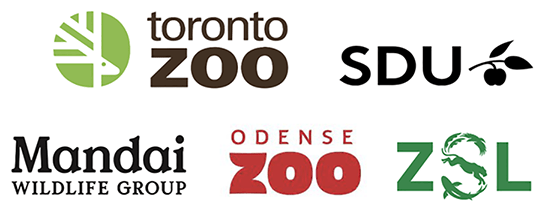International wildlife trade
The unsustainable and illegal wildlife trade is causing unprecedented losses in biodiversity and, besides habitat loss, is one of the major threats to species survival. This program area is extremely active, with several ongoing research projects in which Conservation Science Alliance is partnering with CITES, TRAFFIC, MONITOR Conservation Research Society, DGHT and others to strengthen legislation that aims to combat illegal wildlife trade.
The massive exploitation of wildlife for food, traditional medicine, and the pet trade affects countless species. This impacts survival of well known species, such as the trade in elephant tusks and rhino horn, but also hundreds of less familiar species, including corals, songbirds, and reptiles.

A topic of growing concern is the illegal laundering of animals under the false label of being “captive-bred”. These bogus captive breeding claims are used to circumvent wildlife trade regulations that are supposed to protect wild populations of endangered species.
It is here where the collective captive husbandry expertise of the zoo and aquariums community and the wealth of Species360 data can play a key role. To support law enforcement agencies and scientific authorities in their fight against illegal trade, the CITES secretariat commissioned the Species360 Conservation Science Alliance to support the implementation of several CITES decisions related to determine whether protected species were actually bred in captivity or illegally obtained in the wild.
Differentiating captive-bred from wild-caught individuals in turtles and tortoises
Project status: completed
About 865,000 specimens of live tortoises and freshwater turtles are legally traded every year. Given the high number of imports and exports, custom officers and inspection officials are challenged to detect fraudulent claims of captive breeding. Identifying illegal shipments and differentiating between animals that were raised in commercial captive-breeding facilities versus those illegally collected from the wild requires expert knowledge which is often lacking in countries where illegal trade is most common.
To support law enforcement agencies and scientific authorities in the species range countries, the CITES Secretariat commissioned the Species360 Conservation Science Alliance to support the implementation of CITES Decision 17.291 by developing guidance concerning the differentiation of specimens of tortoises and turtles (Testudines) originating in the wild, versus those originating from captive and ranching production systems.
Our team worked in collaboration with worldwide turtle experts from the Turtle Conservancy, German Society of Herpetology and Herpetoculture, TRAFFIC Southeast Asia, Monitor Conservation Research Society and CITES Scientific Authorities to develop a comprehensive illustrated guide on how to differentiate wild-caught vs. captive-bred animals.
Our team further developed a Turtle and Tortoise Demographic Trade Database comprising life-history data for 194 CITES-listed turtles and tortoises. These data are an important piece of the puzzle when determining whether animals can be bred in captivity.
Exploring commercial trade in live turtles and tortoises in international markets
Project status: ongoing
In this ongoing project members of the Species360 Conservation Science Alliance work in collaboration with experts on turtle and tortoise trade to analyze over 40 years of data from the UNEP-WCMC CITES Trade database on international trade in commercially traded live turtles and tortoises. The goal is to identify hotspots and patterns of international trade in threatened turtles and tortoises and to determine biological traits associated to trade in the international markets.
Mapping the trade chain
Project status: ongoing
In this ongoing project in collaboration with our Sponsor-Partner Wildlife Reserves of Singapore, TRAFFIC South East Asia, the DGHT and MONITOR Conservation Research Society we map and explore the complexity of the trade chain of Southeast Asian freshwater turtles. Combining field data with expert knowledge the study explores trade at each step in the chain: from harvesting an animal towards the final destination in the importing country.
This project is part of the Master thesis of our student Simon Kaae Andersen.
Asian Big Cat in Captivity Database
Project status: completed
There are less than 4,000 tigers left in the wild and illegal trade and trafficking for their fur, and other parts and derivatives is threatening their survival and that of other Asian big cats, including the Asian leopard, Asian lion, and Clouded leopard.
Large scale captive breeding facilities of tigers supply the growing demand of tiger parts and derivatives. Based on the Decision 14.69 (CoP17 Doc. 60.1) CITES urges its Parties with intensive breeding operations to restrict captive populations bred for parts and derivatives and to minimize populations to a level supporting wild conservation.
In order to determine the numbers of tigers and other big cats in captivity in different countries, CITES commissioned the Species360 Conservation Science Alliance to develop the Asian Big Cats in Captivity Database. This database will support CITES in their mission to protect Asian big cats . A summary report can be obtained here.









